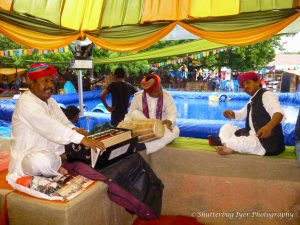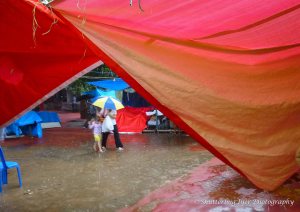
A Buddhist monk chatting up with a tourist guide and a tourist in Ajantha, Maharashtra.
The caves in Ajantha are dated from 200 BCE to 480 CE and are famous for their paintings and carvings of Buddhist themes.

I never thought that my activities as an amateur photographer had an impact on the environment. In a casual talk with my daughter, Sruti Harihara Subramanian, founder of Golisodastore.com she emphasized that every activity leaves impact the environment. Our duty is to keep it to the minimum.
As an amateur photographer from the film era, I shudder to think of the environmental damage a small film processing unit would have brought about with the all its toxic chemicals. There was a miniscule recovery industry trying to salvage milligrams of silver form the negatives. This is one of the reasons why we lost some of the early movie negatives.
In the pre electronic flash era, we had single use flash bulbs and cubes which were discarded after every frame.
We were then, blissfully unaware of the damages we were causing.
Thankfully, we have moved to a digital age with lesser use of toxic chemicals and materials. However, the astronomical growth of photography has its impact on consumption of material and energy and leaves behind a huge carbon footprint and e-waste.
I am happy that environmental awareness is increasing in the industry. The proof of this is a Special Green Issue of the Amateur Photographer (June 6, 2020) with a feature “How to be Greener – How Photographers can reduce Carbon Footprint”.
With an array of new gear being introduced regularly with improved features there is a natural tendency among photographers for GAS (Gear Acquisition Syndrome). This could lead to large carbon footprint by way of manufacture and disposal. Thankfully, many professional photographers go for trading-in or ‘rescuing’ their old gear instead of blind upgrade.
In this context, my policy of ‘essential gear only’ (imposed partly by budget constraints) seems to be an eco-friendly practice.
I am also happy to learn from the above mentioned magazine that many professionals while ordering props, albums, clothing etc. for shoots are looking for eco-friendly options. Hope this trend catches up.
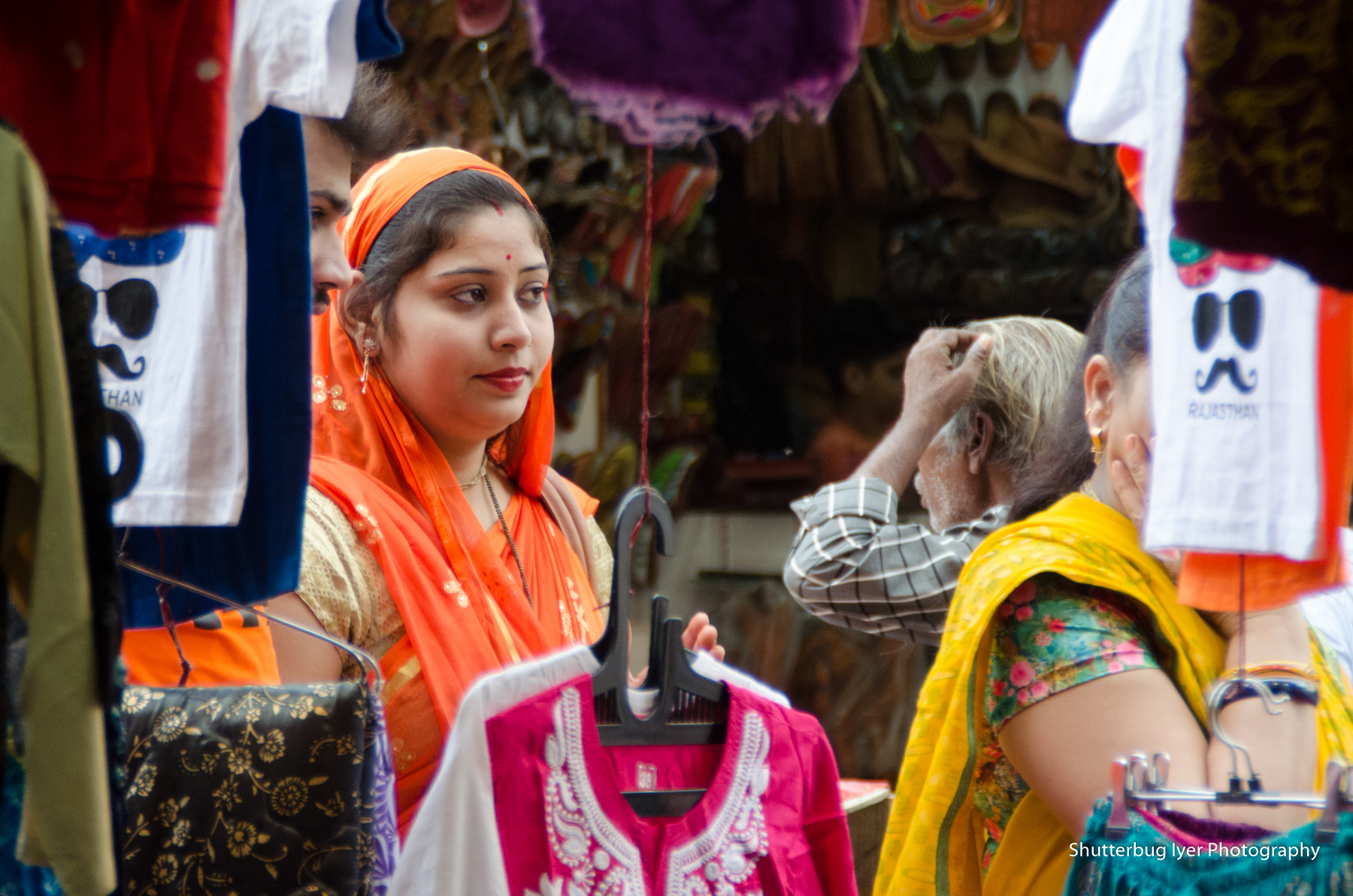
A gentle face among the macho design T-shirts. A scene from the Pushkar market, Rajasthan – near the Brahma temple.
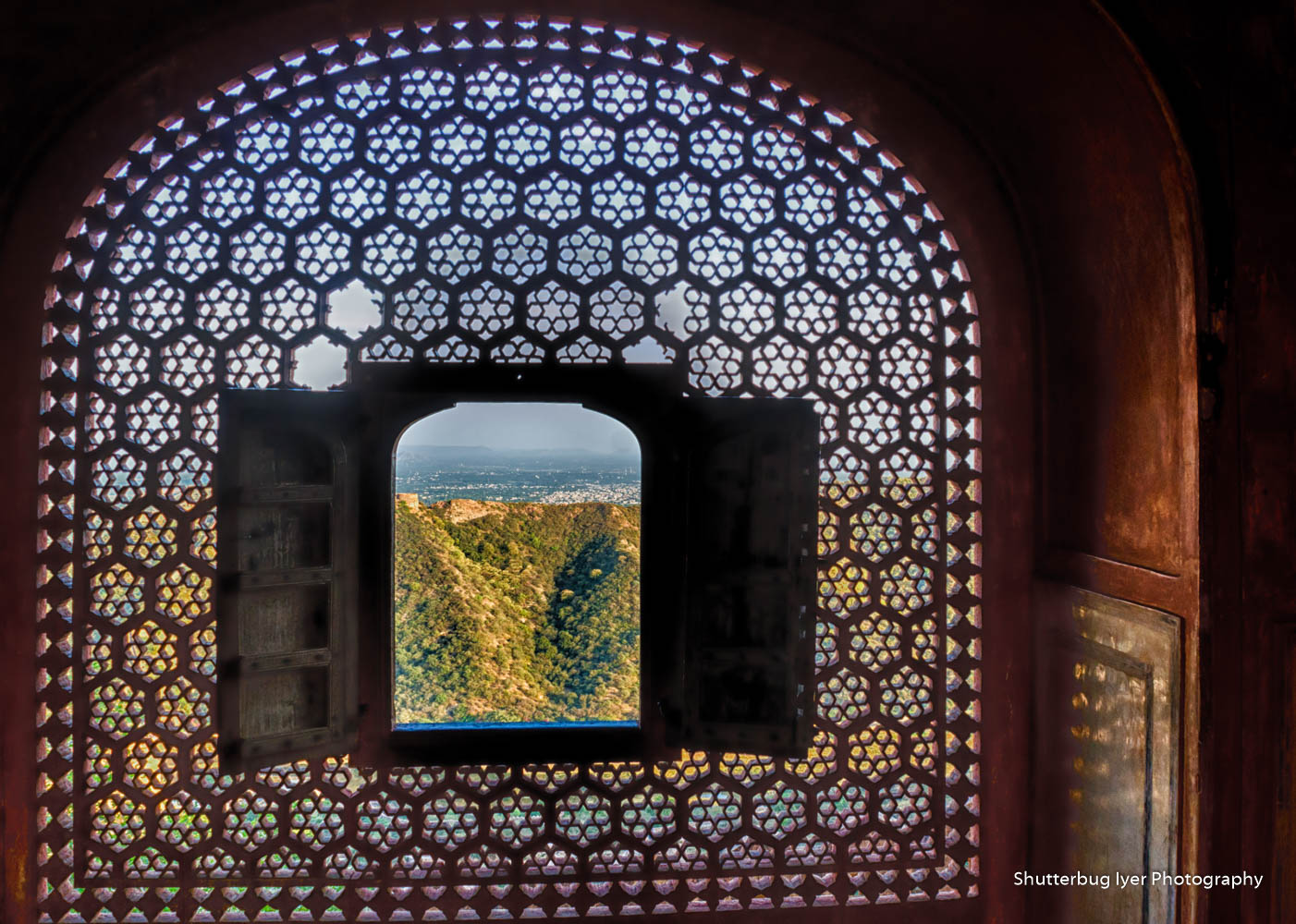
Looking towards Amer Fort through a stone jaali window in Jaigarh Fort. Jaigarh Fort was built by Jai Singh in 1726.
Like many Mughal – Rajasthani architecture of that period, the Fort has many such windows intricately carved out of stone.
Such windows are a photographer’s delight.
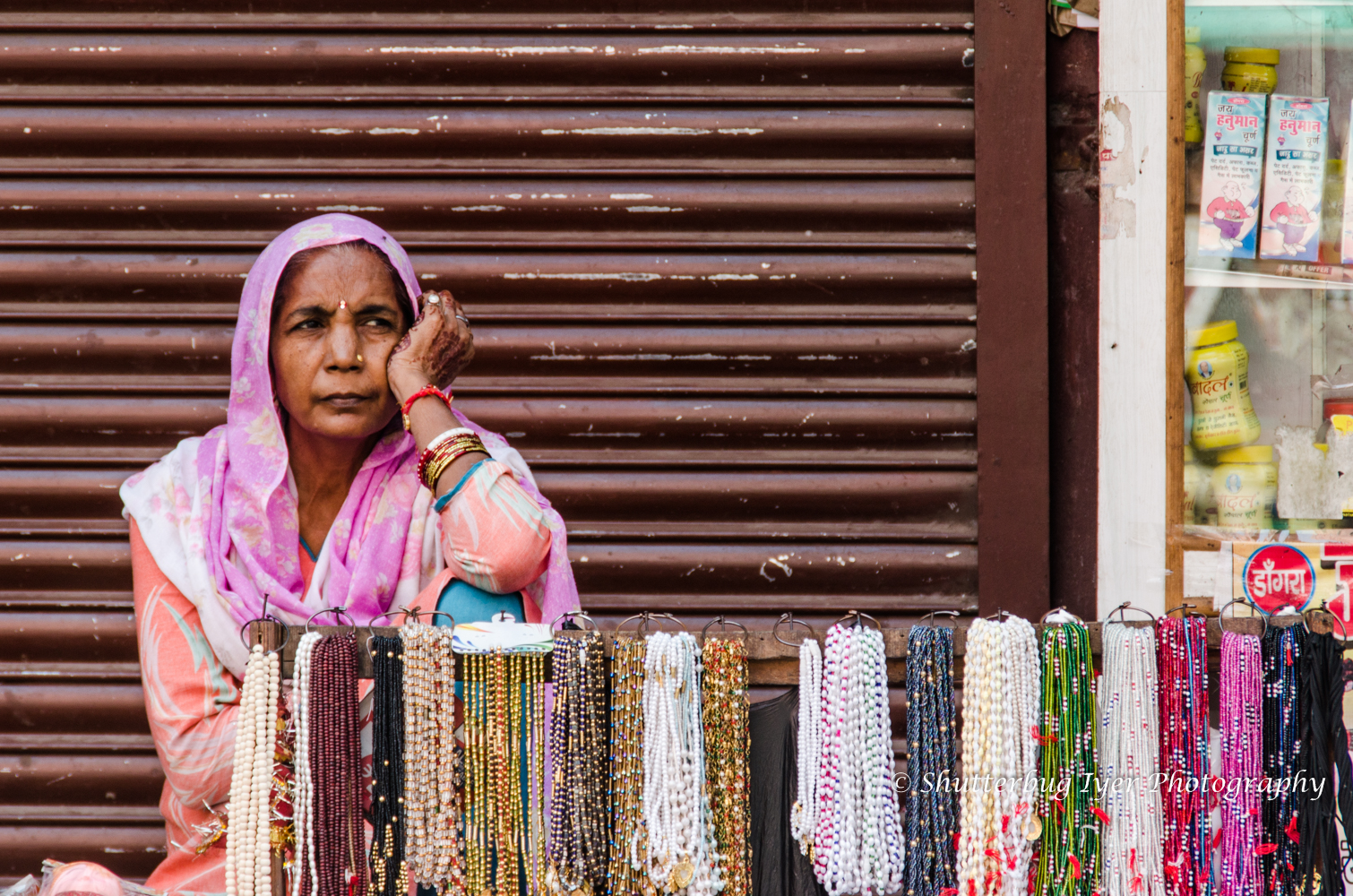
Temple towns and pilgrim centres provide livelihood opportunities for many.
This old woman was selling rosaries, pendants and a wide variety of bead necklaces on the road to Hari ki Pauri at Haridwar, Uttarakhand, India
Do you want to feel like royalty, playing an ancient Indian Game?
A game for which emperor Akbar built a huge courtyard in his palace at Fatehpur Sikri to depict the squares of the board. Akbar is believed to have used women from his harem as game pieces.
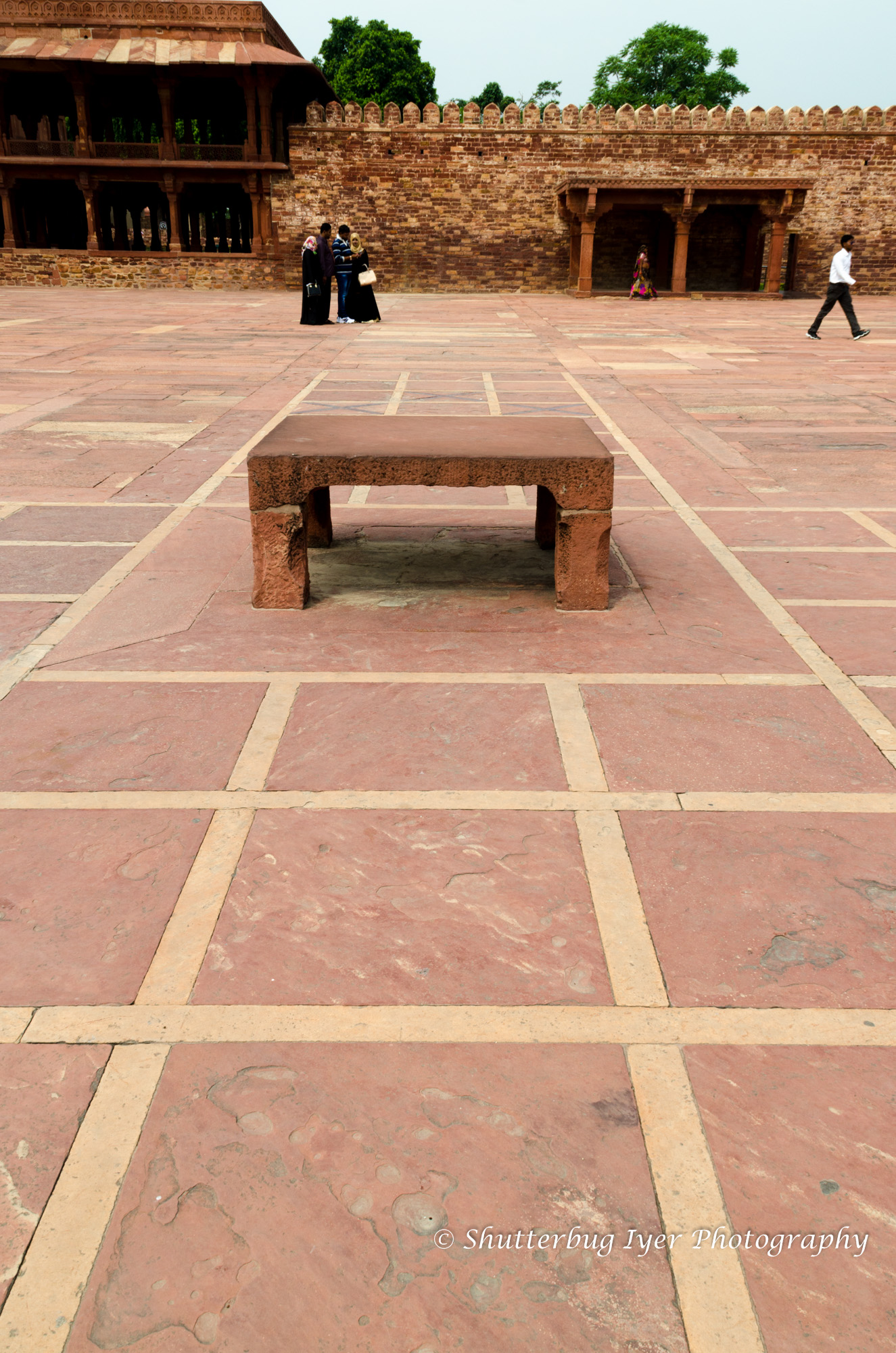
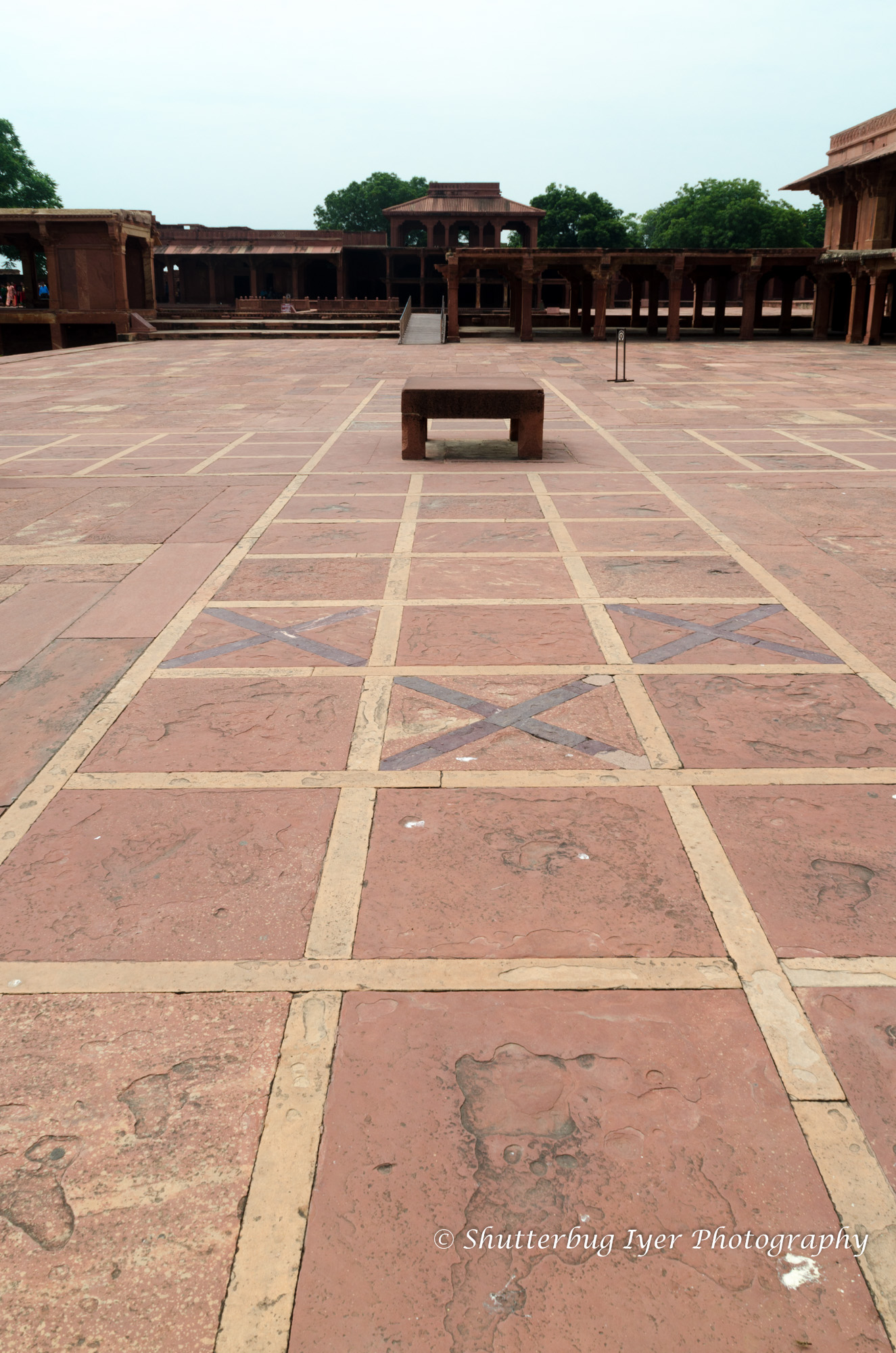
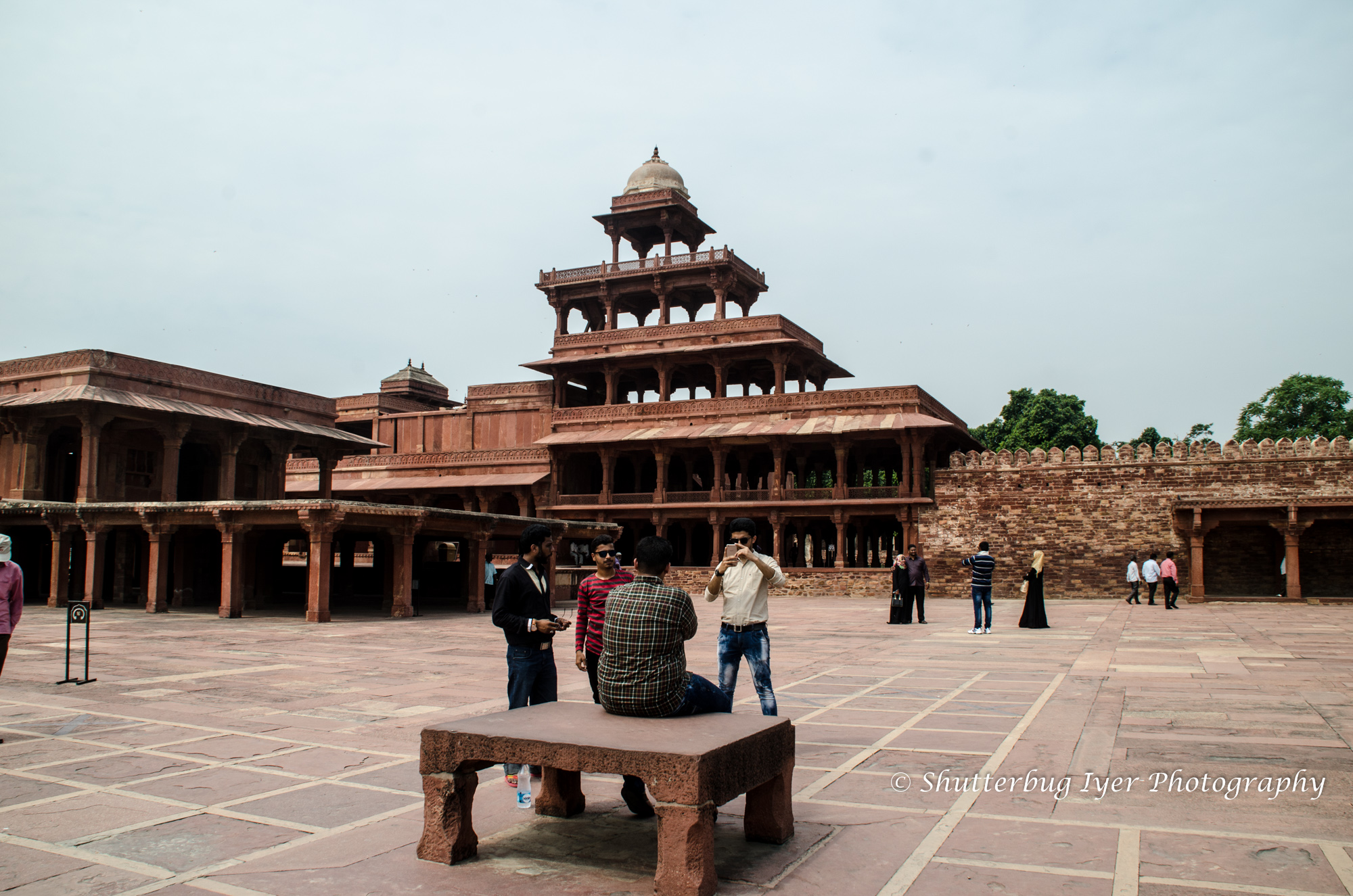
I have also seen the board carved on granite floors of ancient temples and monuments.
Yes, I am referring to Pachisi. The game that is also known as Dayakattam, Chokkattam, Chaupad, Chaupar etc. The Western versions of this game, go by many names like Parchisi, Ludo, The Game of India etc.
Now you can buy an authentic version of this game online at Amazon and Flipkart. The game board is made of hand embroidered cotton and comes with cowrie shells, wooden pieces, cotton pouch, instructions etc.
Ludo made out of recycled elephant dung is available at www.golisodastore.com
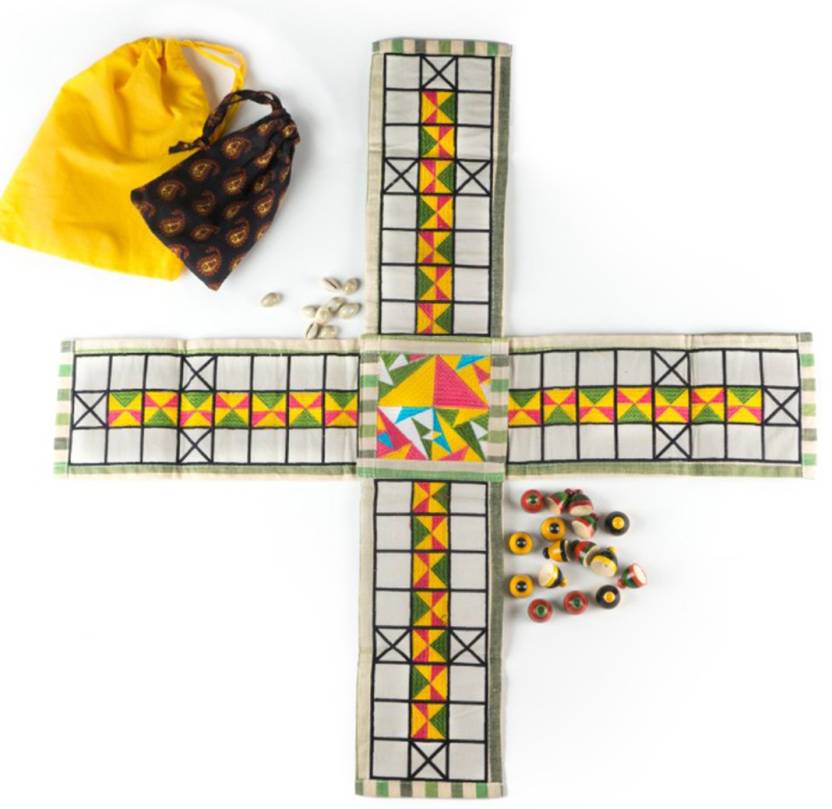
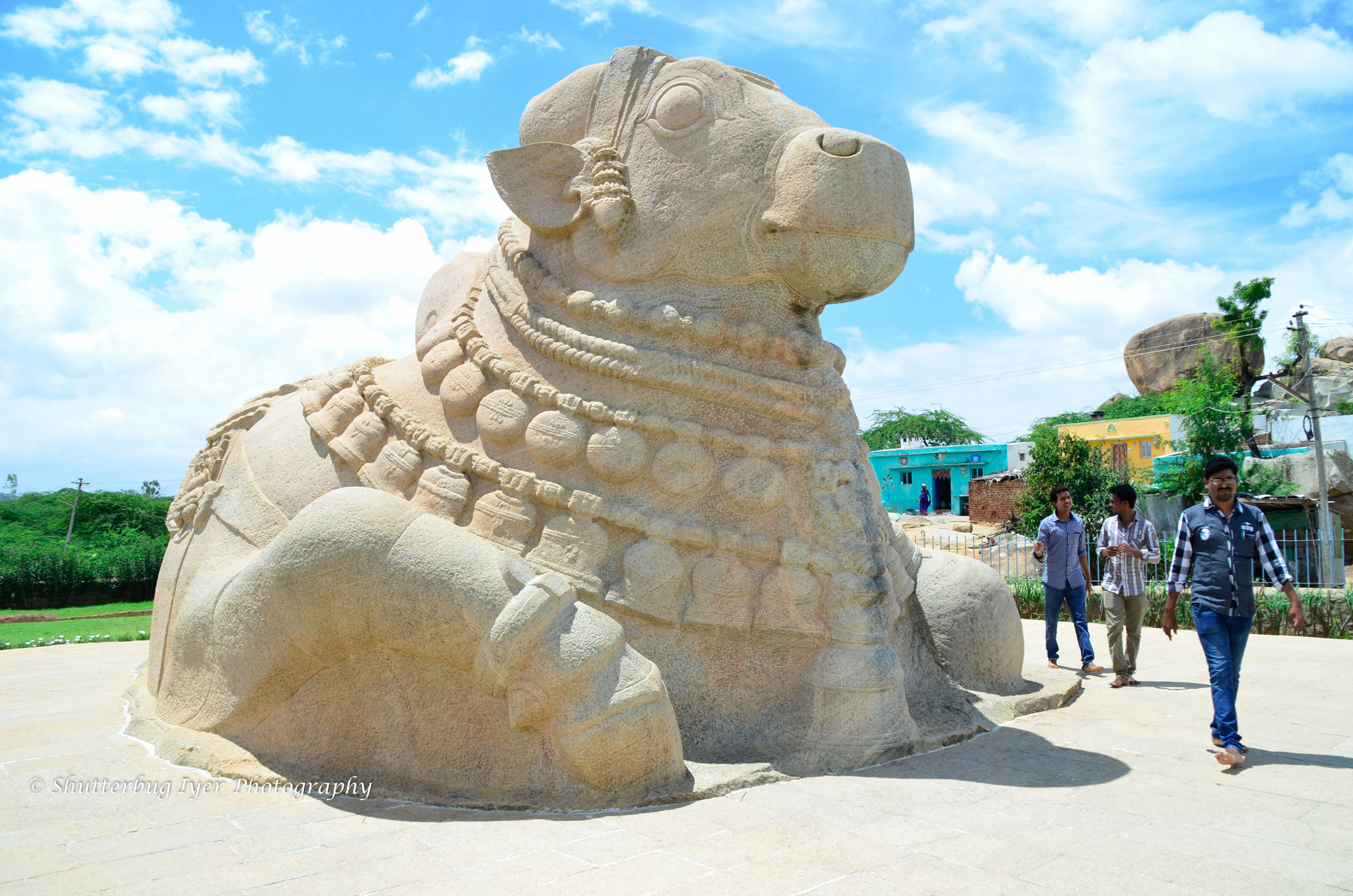
The monolithic granite Nandi (Bull) is believed to be the largest in India. Built during the Vijayanagar period(14th C CE) it is part of a large temple complex. The exquisite carvings of bell garland, jewellery etc. stand out beside the size.
It is 4.5 Mtrs high and 8.25 Mtrs long. The Thanjavur Big Temple Nandi is smaller.
Sande, a craft exhibition is being held at Kalakshetra ground this week. Artisans from all over India are participating. However, just as we entered the exhibition there was a sudden downpour which lasted quite some time. It was a pitiable sight to see the exhibitors scurrying to protect their wares from being affected by the rain. Considering the season, the organisers could have made better arrangements for the visitors and the exhibitors.

